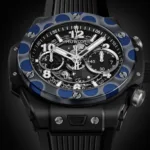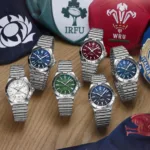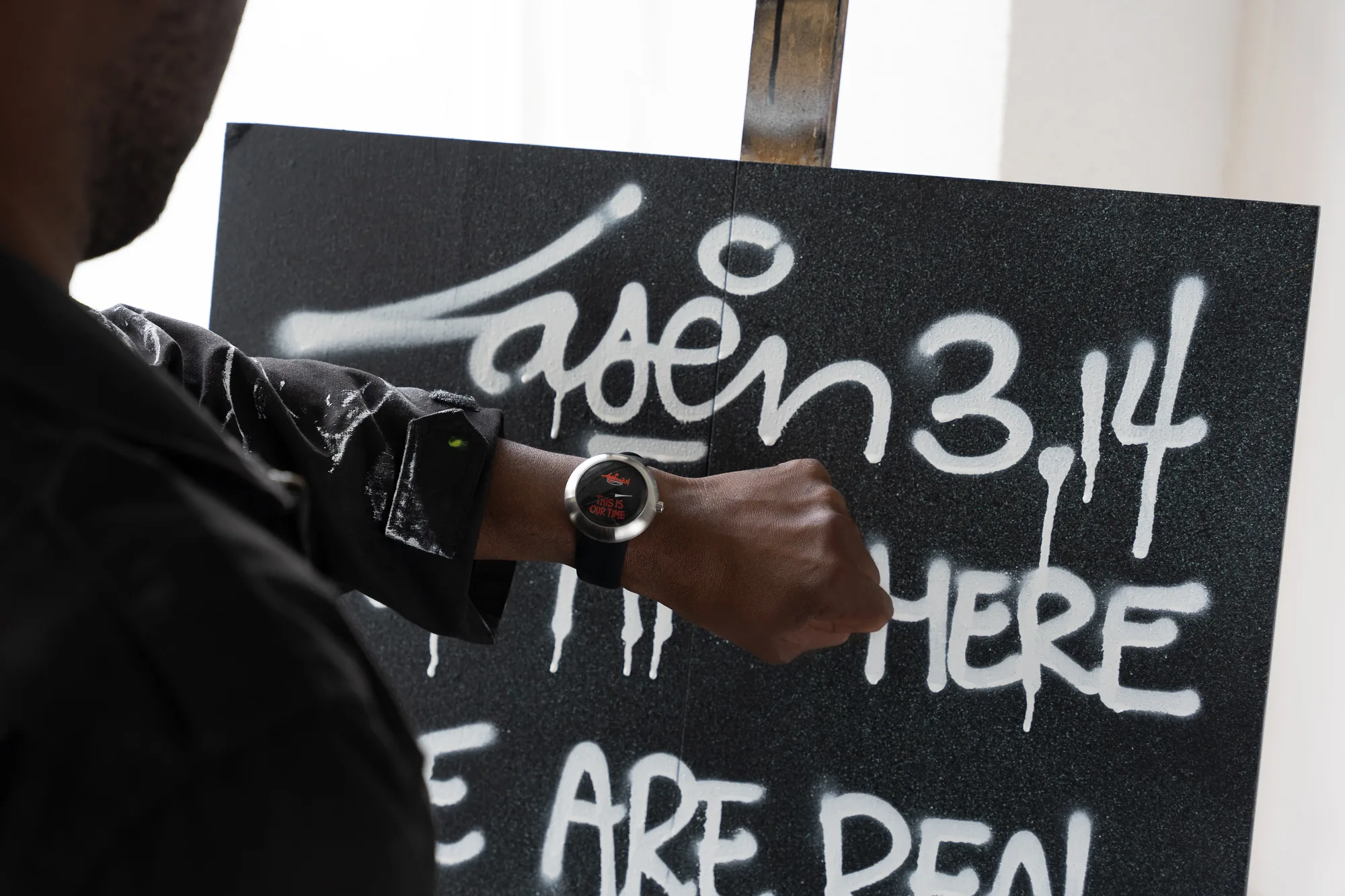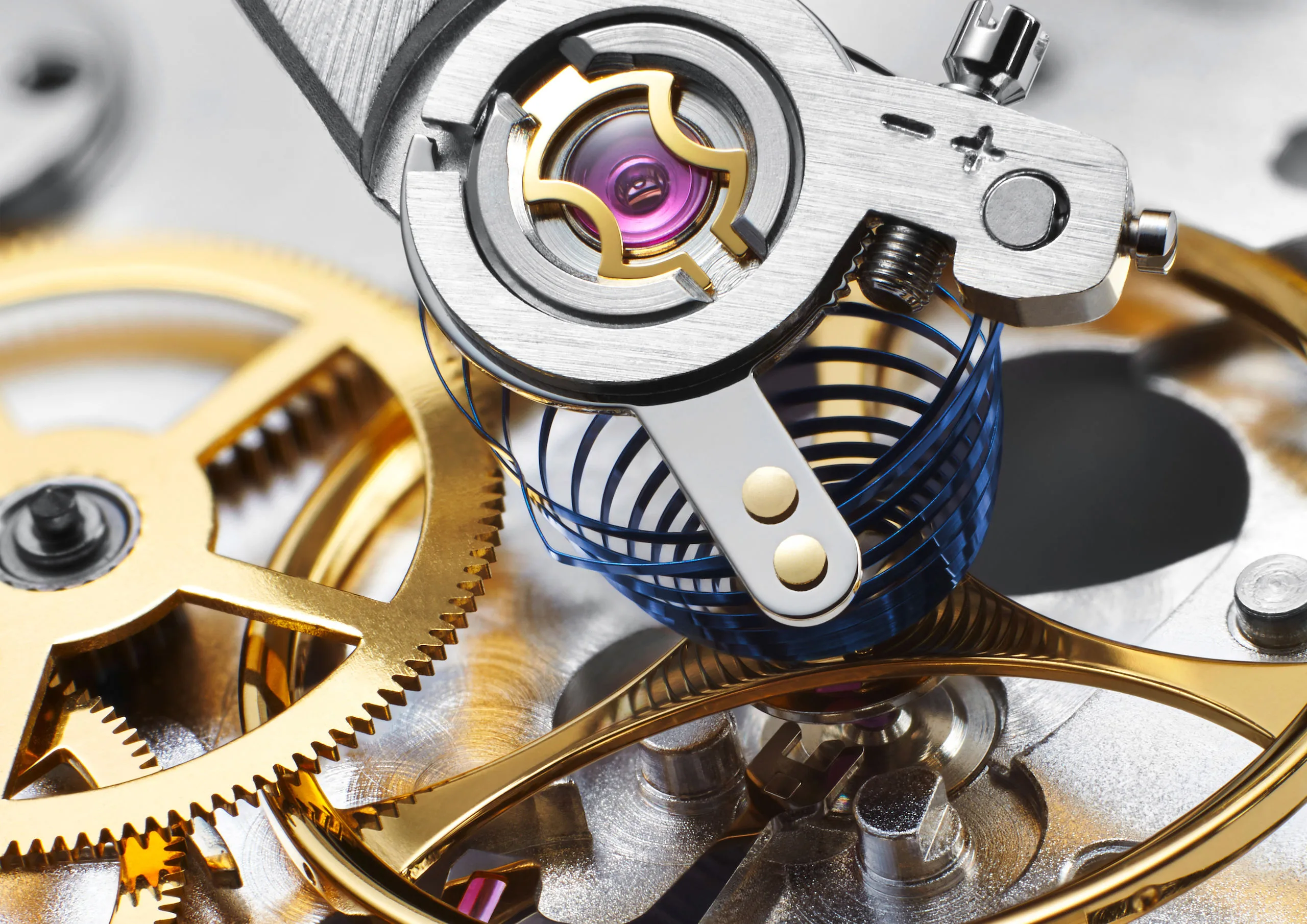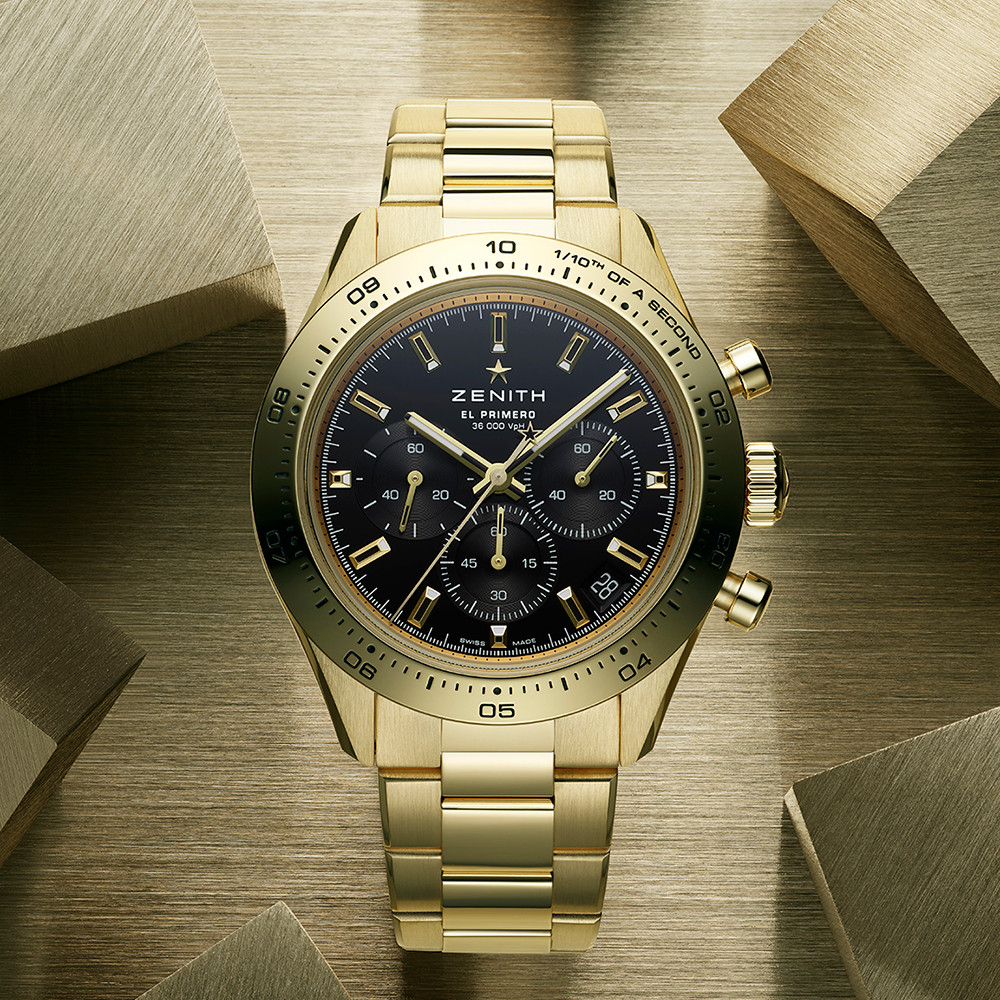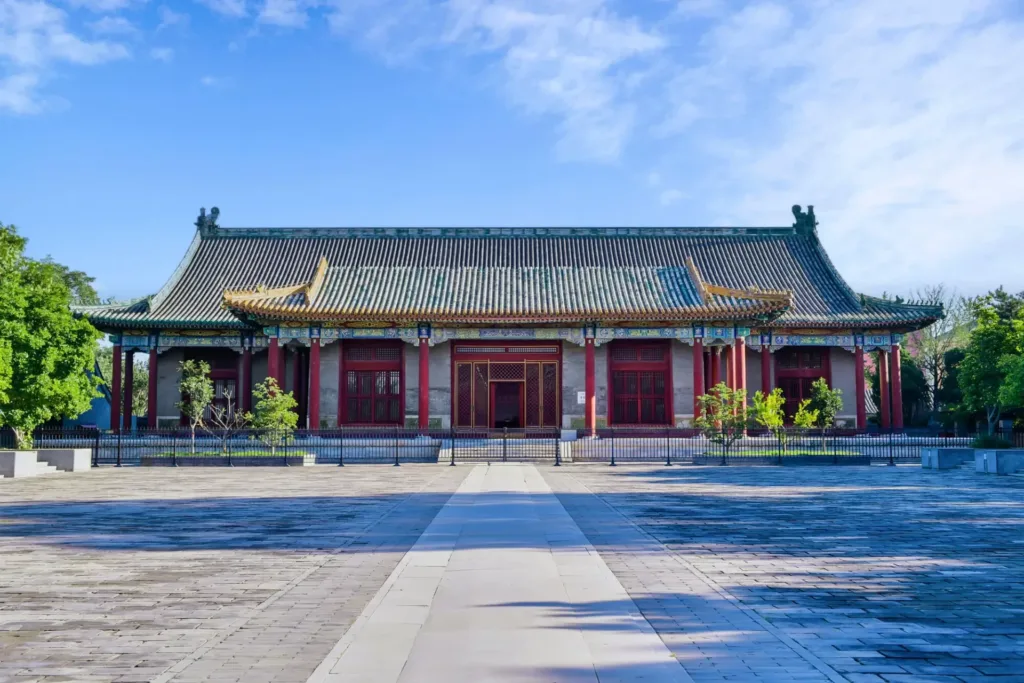
A New Chapter in Vacheron Constantin’s Commitment to Arts and Education
On July 18th, Vacheron Constantin announced a significant long-term partnership with the Educational Institute of the Palace Museum, reinforcing the Swiss watchmaker’s deep-rooted ties with China. This collaboration underscores the shared values between both institutions, particularly in the realms of education, cultural heritage preservation, and the transmission of knowledge.
Vacheron Constantin’s Historical Connection with China
Vacheron Constantin’s relationship with China dates back to 1845, marking nearly two centuries of engagement with the country’s rich cultural heritage. Throughout this period, the Maison has consistently drawn inspiration from Chinese traditions, crafts, and historical motifs to create unique timepieces. This longstanding bond is further strengthened through this new partnership, which not only celebrates the past but also looks to the future by fostering educational and cultural exchanges.
Educational and Cultural Collaboration
The partnership with the Educational Institute of the Palace Museum is a continuation of Vacheron Constantin’s tradition of supporting the arts and culture. Located in the heart of Beijing’s Forbidden City, the Educational Institute is a leading institution dedicated to the promotion and education of traditional Chinese culture. Established in 2014, the Institute has played a pivotal role in making the Palace Museum’s vast collections and expertise accessible to the general public through various educational programs.
Vacheron Constantin’s collaboration with the Institute will involve the development of joint educational programs, including master classes, watchmaking workshops, and cultural exchange initiatives. These programs aim to preserve and promote traditional craftsmanship, aligning with the watchmaker’s historical commitment to passing on skills from one generation to the next. The partnership also envisions the creation of offline exhibitions and events designed to engage a broader audience with the intricacies of both Chinese culture and watchmaking.
Mutual Perspectives on Cultural Heritage
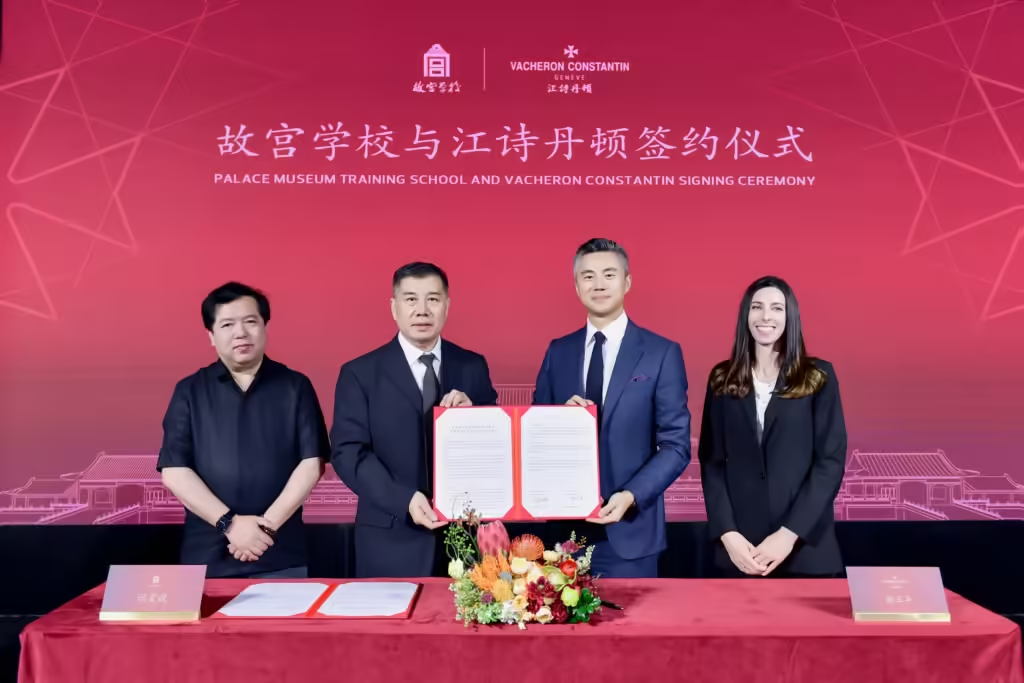
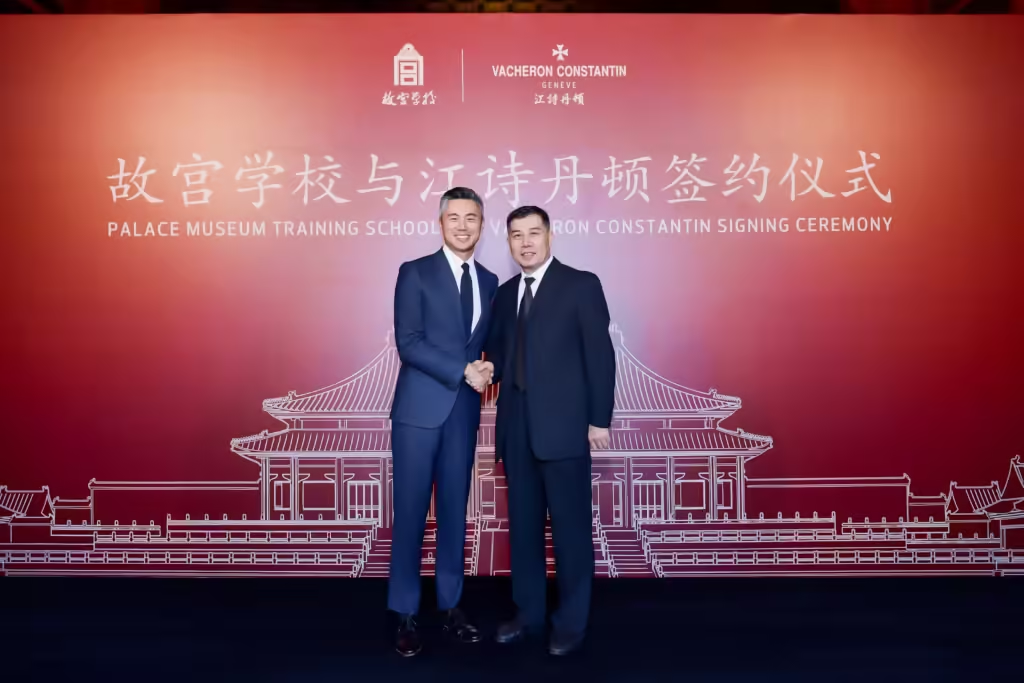
YAN Hongbin, Chairman of the Educational Institute of the Palace Museum, emphasized the historical significance of Western timepieces in China during the signing ceremony. He stated, “Introduced to China in the 16th century, Western timepieces constitute an essential part of the Palace Museum collection, as in the 18th century, the Qing Dynasty Royal Palace started to use mechanic timepieces. As the living epitomes of culture, history and aesthetics, these horological masterpieces are noteworthy to be promoted to the public with specialized educational program. To achieve that purpose, designing an educational system to transmit the expertise of watchmaking and restoration is a significant move. With both parties’ joint forces and synergy, we believe we will create groundbreaking courses to rejuvenate the patrimony of craftsmanship.”
Similarly, Alexandra Vogler, Chief Marketing Officer at Vacheron Constantin, remarked, “Throughout its history, Vacheron Constantin has demonstrated a deep commitment to the promotion of watchmaking techniques. The transmission of knowledge from master to apprentice has been at the core of the Maison. The partnership between Vacheron Constantin and the Educational Institute of the Palace Museum is a celebration of the significant legacy of China’s cultural heritage.”
Looking Ahead
This partnership builds upon Vacheron Constantin’s history of collaborations with prestigious cultural institutions worldwide, including the Louvre in Paris and the Metropolitan Museum of Art in New York. The collaboration with the Educational Institute of the Palace Museum is another milestone in the Maison’s efforts to support and promote cultural heritage through education.
As Vacheron Constantin and the Educational Institute of the Palace Museum work together, they are set to create innovative programs that will not only highlight the art of watchmaking but also contribute to the ongoing dialogue between Eastern and Western cultural traditions. This partnership represents a commitment to preserving and enhancing cultural knowledge for future generations.
Conclusion
The partnership between Vacheron Constantin and the Educational Institute of the Palace Museum is a significant step in promoting cultural education and preserving the art of watchmaking. Both institutions are poised to benefit from this collaboration, which promises to foster a deeper understanding of cultural heritage and craftsmanship. For more information about this partnership and upcoming programs, interested readers are encouraged to visit the official websites of Vacheron Constantin and the Palace Museum.
